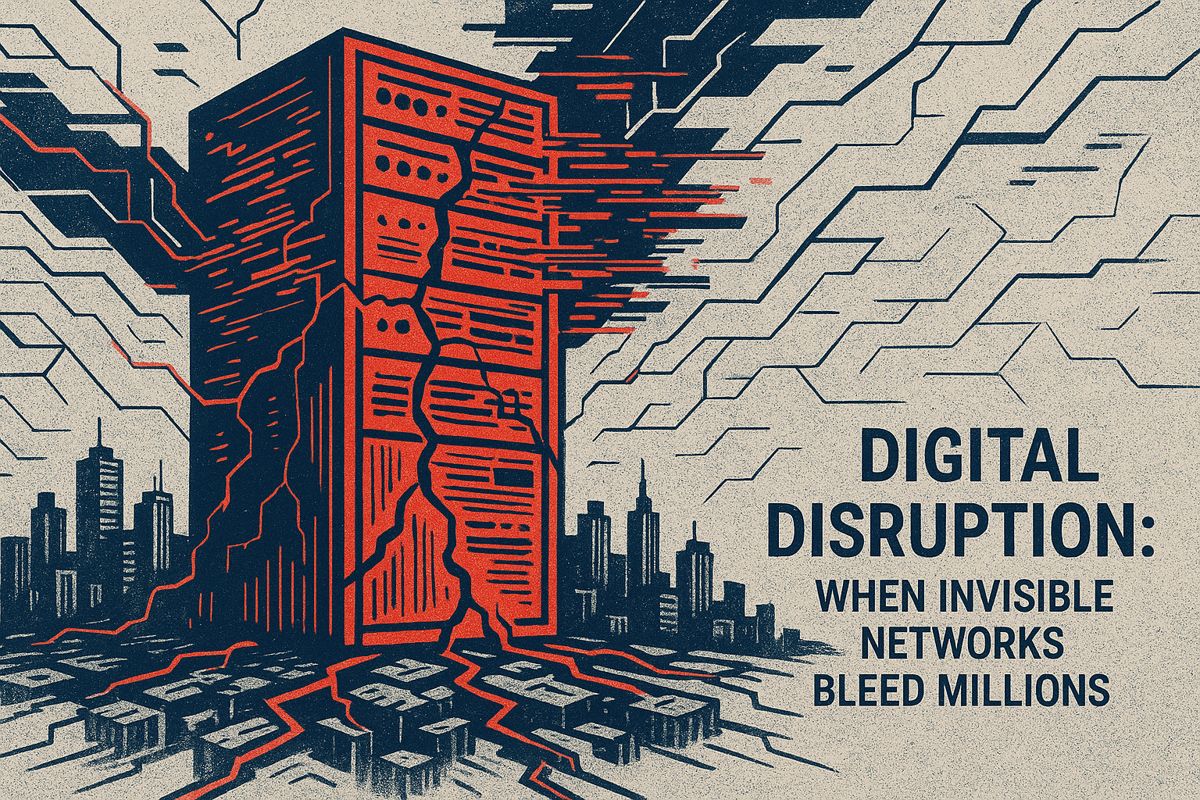Squint has raised $40 million to expand its AR co-pilot technology, which is changing how factories work. Their system turns expert know-how into easy, interactive guides that workers can follow on their phones or tablets. Big companies like PepsiCo and Michelin are already using Squint to train people faster and cut down on mistakes. This tech helps factories run better, even when there aren’t enough workers, and is spreading quickly to more sites and industries. With factories all over the world, even small improvements from Squint’s AR can lead to huge savings.
How is Squint’s AR co-pilot technology transforming the manufacturing industry?
Squint’s AR co-pilot technology is revolutionizing manufacturing by digitizing expert knowledge into interactive, step-by-step AR guides. Used by companies like PepsiCo and Michelin, it accelerates onboarding, reduces errors, and scales effortlessly across factories, helping address labor shortages and drive global industrial efficiency.
Manufacturing floors are shifting from clipboards and tribal knowledge to AI-powered co-pilots that fit in the palm of a worker’s hand. Squint’s latest $40 million Series B raise at a $265 million valuation signals that industrial AR is officially out of the pilot phase and into global rollouts.
What the money buys
Led by The Westly Group and TCV, the round pushes total funding past $59 million since the company’s inception. The fresh capital will scale a platform that turns decades of veteran know-how into interactive, step-by-step AR guides, now used across:
- hundreds of factories for PepsiCo
- tens of thousands of operators at Michelin
- 10,000 field technicians for a Fortune 500 energy client (per internal rollout plans)
From pilot to production line
Industrial AI copilots were stuck in proof-of-concept limbo as recently as 2023. Squint’s traction shows the dam has broken: firms are moving from 3-plant pilots to 70-site deployments in a single budget cycle. The catalyst? A perfect storm of labor shortages – 2.1 million U.S. manufacturing jobs could go unfilled by 2030 – and geopolitical pressure to re-shore critical supply chains.
How the tech works
Squint’s mobile-first stack combines three layers:
- Knowledge digitization engine – converts verbal SOPs into visual workflows
- AI agentic layer – context-aware prompts that route workers to the right action
- AR overlay – overlays calibrated instructions onto physical machines via any phone or tablet
The result: trainees at Ford slashed onboarding time by half while defect rates dipped before the end of the first 90-day cycle.
Market momentum
The broader agentic AI market is forecast to hit $10.41 billion in 2025 with a blistering 56% CAGR. Squint competes directly with Tulip Interfaces and Augury but draws a sharper line on user experience – its AR instructions load in under 200 ms even on 3G networks, critical for plants outside major metro areas.
Expansion roadmap
Beyond automotive and CPG, Squint will enter energy, logistics, and field services in 2025. One energy super-major is already expanding the platform from 5 to 70 offshore rigs, citing “minutes saved per valve inspection” as the ROI trigger.
With the manufacturing sector valued at $7 trillion globally, even a 1% efficiency gain equals more than the GDP of Switzerland – a figure investors clearly did the math on before writing the latest $40 million check.
What exactly is Squint’s AI + AR platform doing on the factory floor?
Squint turns expert “tribal” knowledge into interactive, step-by-step AR instructions. Workers wearing tablets or smart glasses see AI-generated guidance in real time, which speeds up onboarding, reduces errors and standardizes complex tasks across multiple plants. PepsiCo, Michelin and Ford are already using it in hundreds of facilities.
How will the new $40 million be spent?
The fresh Series B capital will fund:
- Expansion into energy, logistics and field-services sectors
- Scaling to 70+ new sites for one Fortune 50 customer and 10,000 field technicians for another Global Fortune 500 manufacturer
- Product development in agentic manufacturing features that let the AI copilot adapt and learn on its own
Why is 2025 different for industrial AI copilots?
Industrial AI copilots are moving beyond pilot phases. Analyst firm Precedence Research puts the global agentic AI market at $10.41 billion in 2025, growing 56 % annually. Nearly half of Fortune 500 companies are already piloting these systems, compared with small-scale tests just a year earlier.
What measurable benefits are customers reporting today?
- Training times cut in half for new operators
- 95 % equipment uptime at Samsung after AI-driven predictive maintenance
- 87 % faster product design at Eaton using generative AI
- 18 % energy savings at Bosch’s semiconductor plant via AI process optimization
How does the competitive landscape look?
Squint faces established players like Tulip Interfaces (no-code manufacturing apps) and Augury (machine-health diagnostics). While Augury leads in predictive-maintenance deployments across 2,000+ enterprises, Squint differentiates with AR-first, worker-centric interfaces that prioritize ease of use on the shop floor.



















